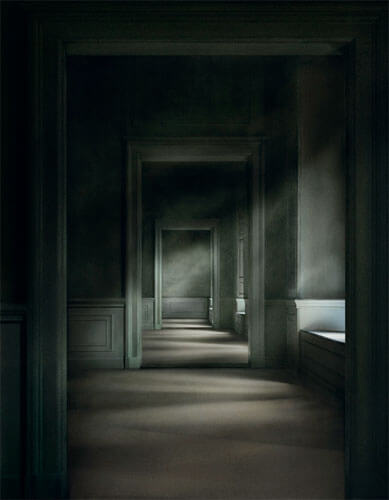Désirée Dolron is a Dutch photographer and filmmaker. Her oeuvre ranges from documentary photography and still lifes to portraiture and film.Throughout her career, Dolron has been investigating themes such as the passing of time, the relation between finite and transcendent and the complexity and impermanence of the human condition.
Dolron was awarded the 1996 Laureate Prix de Rome (Amsterdam, NL). Her work is represented in numerous international public and private collections including the Solomon R. Guggenheim Museum in New York, Collection H&F in Barcelona, Museo Nacional Centro de Arte Reina Sofia in Madrid, Gemeentemuseum in The Hague, Stedelijk Museum in Amsterdam, la Collection Neuflize Vie in Paris and the Victoria and Albert Museum in London.
Désirée Dolron lives and works in Amsterdam.
Source: desireedolron.com
The meticulous attention to production details characterizes her body of work, and elements such as sound (or its absence –silence) are often used as important tools of narration, helping the viewer to enter into the conceptual depth of Dolron’s works. Both moving and still images are composed by the artist and manage to recreate a reality that is a-temporal, undefined yet extremely present.
Desirée Dolron (1963 Haarlem, NL) was awarded the 1996 Laureate Prix de Rome (Amsterdam, NL), and her work is part of major international collections such as the Solomon R. Guggenheim Museum in New York (US), the Museo Nacional Centro de Arte Reina Sofía in Madrid (SP), the Stedelijk Museum in Amsterdam (NL), and the Victoria and Albert Museum, London (UK).
Source: GRIMM Gallery
